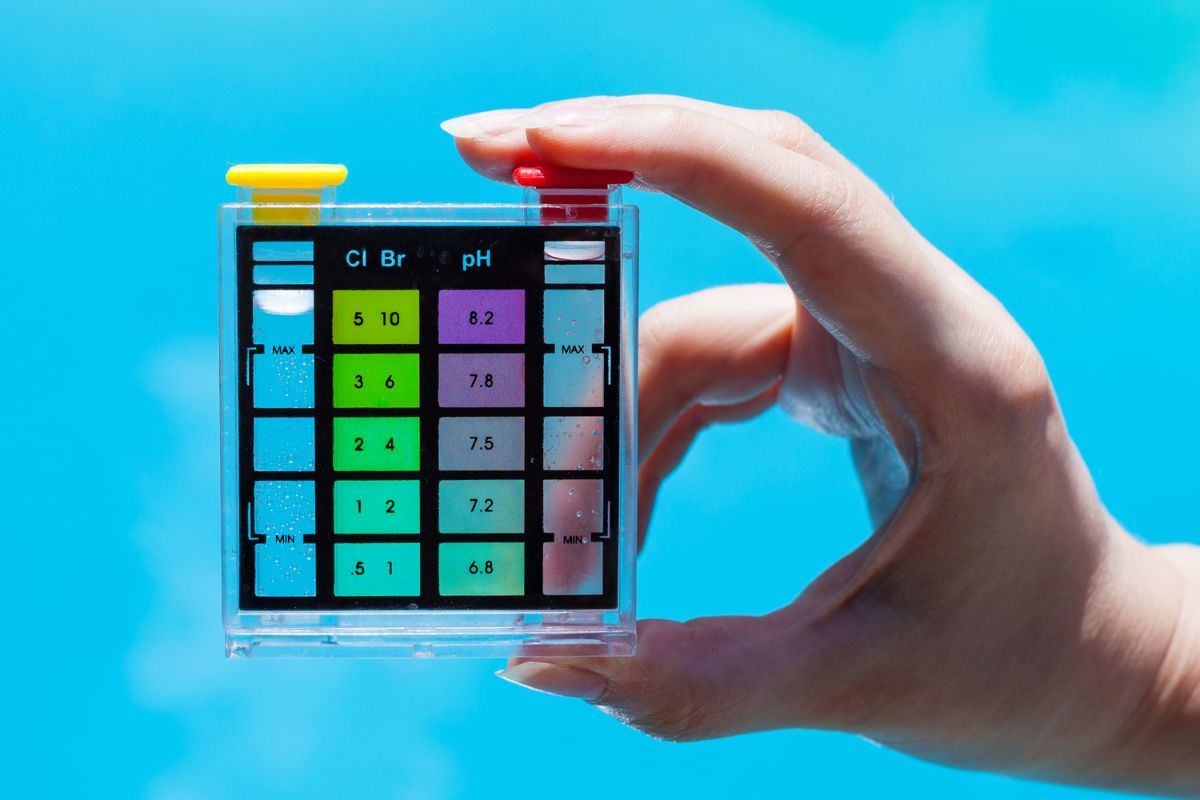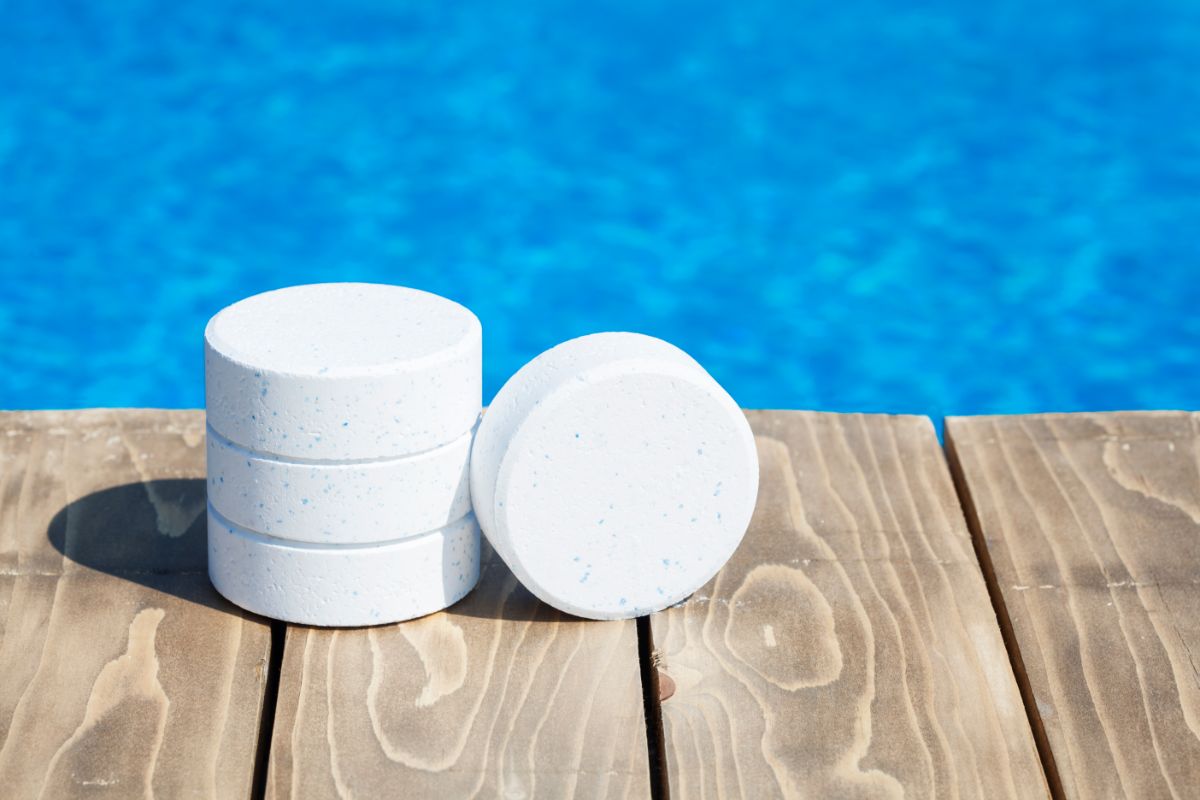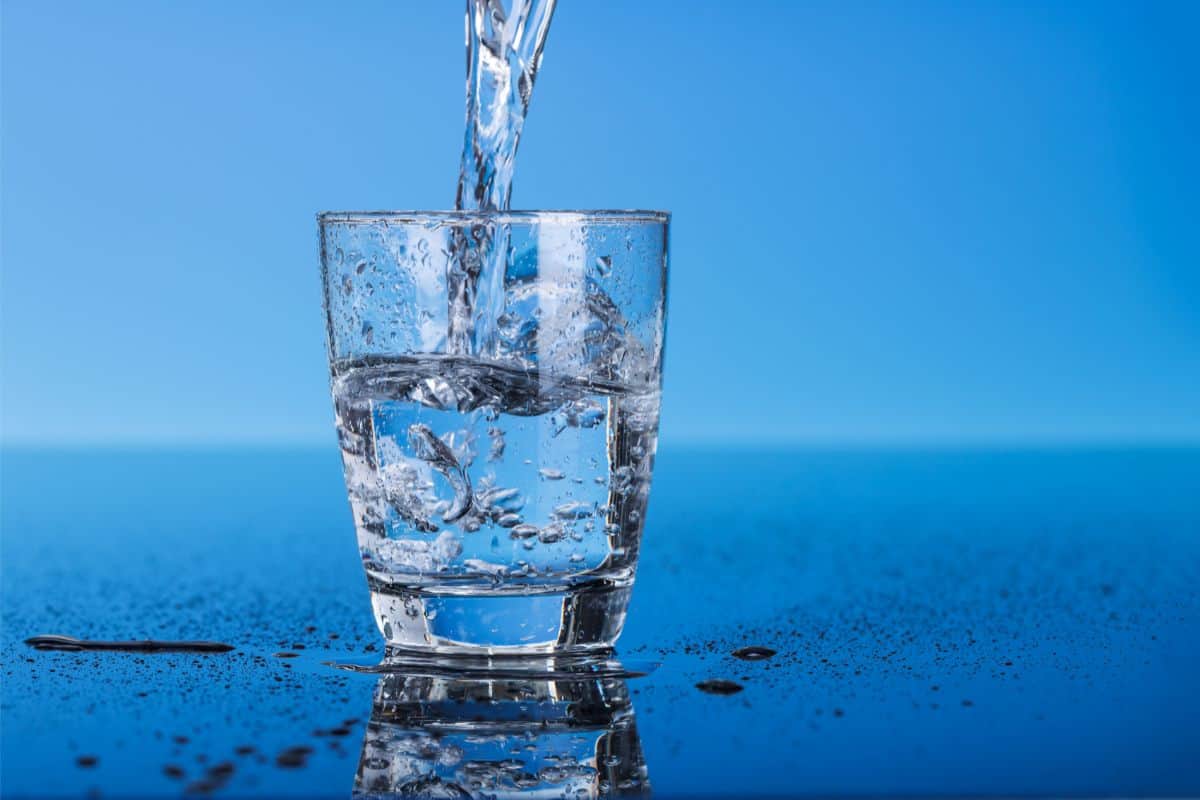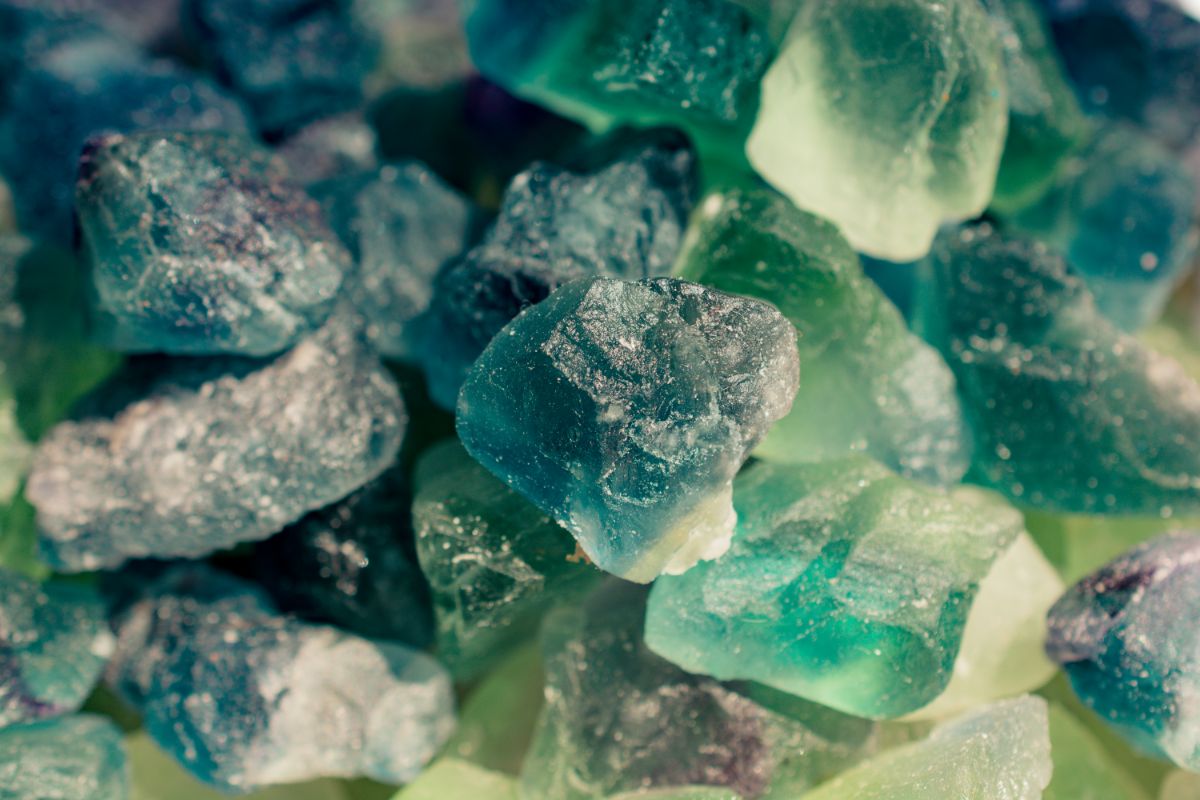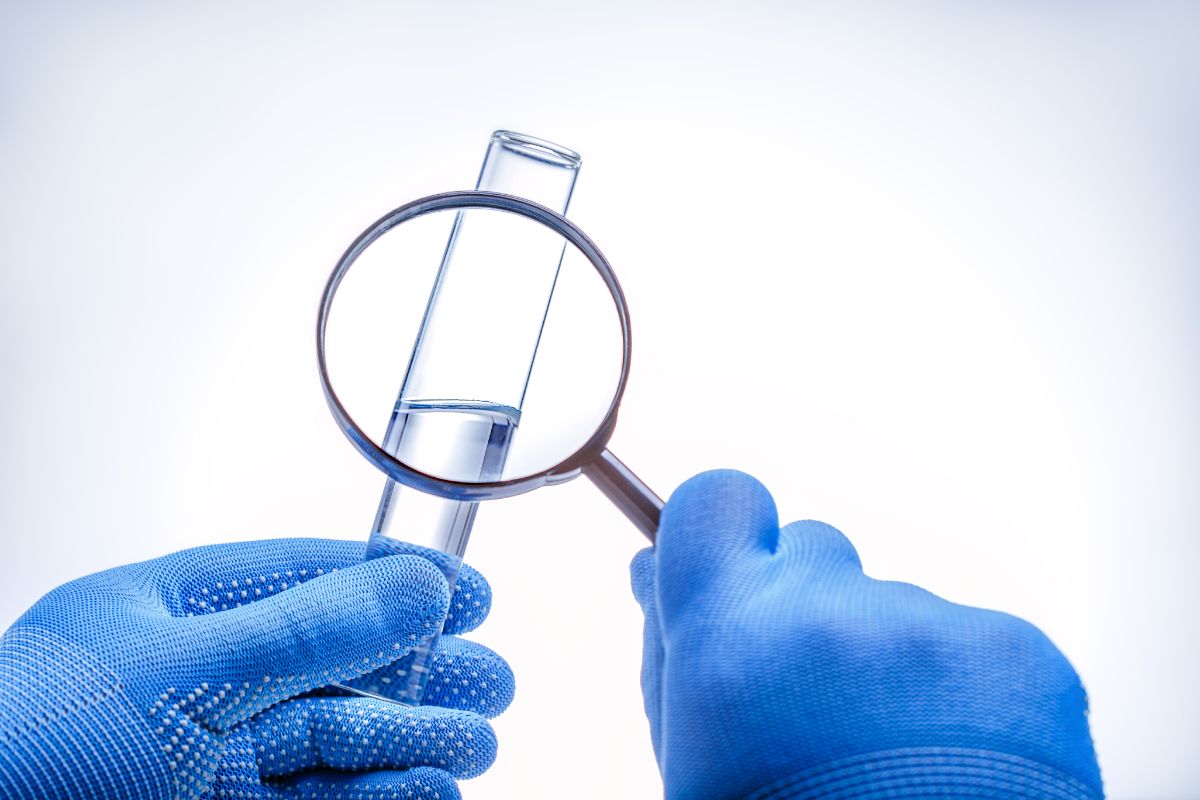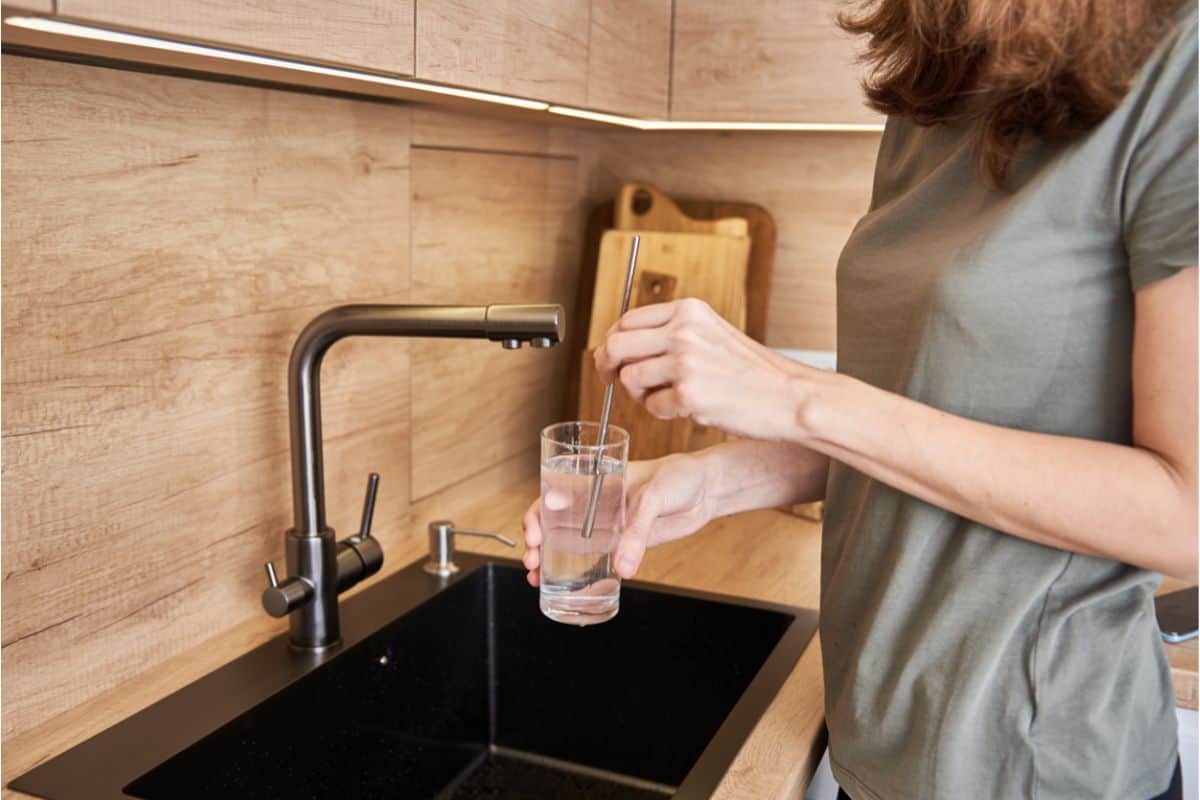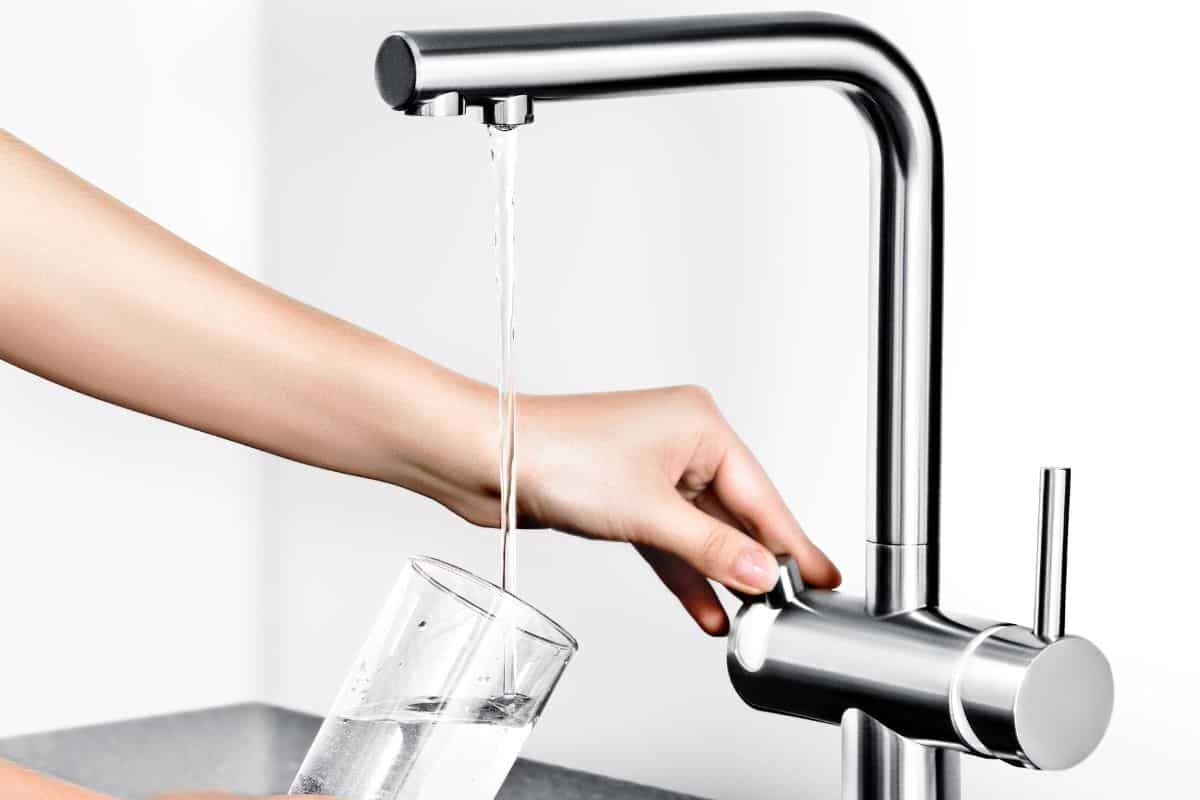Since we’ve become more determined to eradicate nasty bacteria from our water supply, chlorine in our drinking water has become commonplace.
For most, chlorinated water has little impact on our lives – we continue to use our supply without irritation or complaint, and the world keeps on turning.
Unfortunately, chlorinated water can cause unwanted side effects and unpleasant irritations, such as dry skin, skin irritation, and even exacerbated asthma symptoms.
If you’ve become intolerant to chlorinated water, or you simply don’t like the thought of it being concentrated in your supply, it’s possible to remove it. How? Well, stick with us to find out.
Contents
What is chlorinated water?
Chlorinated water is water that has been through the water chlorination process. Chlorine or chlorine compounds such as sodium hypochlorite are added to water with the intention of killing unwanted bacteria and keeping us healthy.
Water chlorination is the most common type of chemical disinfection process used to treat water supplies.
Chlorinated water has several benefits, including:
- Reduced presence of bacteria and viruses
- Protection against recontamination
- Cost-effective
Unfortunately, chlorinated water also has a few downfalls. These are:
- Unpleasant taste and odor to tap water
- Skin irritation
Chlorine may compromise the ‘good bacteria; in our gut and have adverse effects on our immune systems. However, more research is needed to confirm this.
Is chlorine safe to consume?
According to the U.S. Environmental Protection Agency (EPA), the levels of chlorine used in drinking water make it safe for human consumption, and it’s unlikely that regular consumption of chlorinated water will cause any long-term health effects for drinkers.
However, chlorine levels must be safely managed to prevent unwanted side effects.
In the U.S, chlorine levels of up to four milligrams per liter are considered safe to consume. However, it’s unclear how exceeding this level would be harmful to human health.
In contrast, the average pool has a recommended chlorine level of between 1.00ppm-3.00ppm, meaning that your tap water will contain more chlorine than your local swimming pool.
Although chlorine is safe (and an effective decontaminant) at small doses, higher doses may cause health issues.
People ingesting water with high chlorine levels (an estimated 25mg per liter) were shown to experience adverse side effects, including headaches, tiredness, and dizziness. Prolonged consumption at high levels may even increase the risk of heart attacks.
So, while chlorine is unlikely to harm you in small doses, higher doses are unsafe. So if you’re concerned about the amount of chlorine in your water, or you simply want to get rid of it altogether, we’ll show you how.
Which cities have chlorine in their water?
If you live in an area where your water is chlorinated, you may be wondering which cities have chlorine in their water. Luckily, chlorine levels are routinely monitored by city water departments. But some cities prefer having chloramines instead as they deem them to be safer.
Since 1929, chloramine has been used in the United States as a drinking water disinfectant. It is found in areas like Cleveland, Lansing and Springfield. An EPA survey in 1998 estimated that 68 million Americans had their drinking water treated with chloramine. Many major U.S. cities, including San Francisco, Tampa Bay, and Washington, D.C. use chloramine to disinfect their drinking water as it is a safe disinfectant that can be used in place of chlorine.
How to remove chlorine from tap water
There are two main ways to remove chlorine from your tap water. These are through distillation and reverse osmosis. We’ll explore these in more depth below.
Distillation
Distillation is the process of boiling water to remove chlorine. However, this process has a slow output, a high cost, and consumes large amounts of energy, making it an unpopular method of removal.
Reverse Osmosis
This filtration solution captures chlorine in a Granular Activated Carbon (GAC) filter. This filter then traps and absorbs the chlorine in the water. It also traps and absorbs other impurities, including pesticides, nitrates, lead, fluoride, arsenic, and more.
Using Reverse Osmosis
Reverse osmosis water filtration systems can remove up to 98% of chlorine in your water. By sending your water through multiple stages of filtration, you can remove almost all traces of chlorine.
Most reverse osmosis systems use filters such as an activated carbon filter or a pre-filter. You may also find a reverse osmosis membrane and a post-filter in these systems, too.
Activated carbon filters are considered the most effective filters to remove chlorine. Using both is even more effective.
The active carbon filter will remove the majority of the chlorine, but once your water enters the reverse osmosis system and flows through its semi-permeable membrane, the remaining chlorine molecules will be blocked because the pores of the filter are too small for them to pass through.
When you use these filters, all contaminants such as chlorine will be washed down the drain with your wastewater, leaving only pure water to flow from your tap.
How to boil water to remove chlorine
If you don’t want to install a reverse osmosis system, you can always boil the water yourself to remove chlorine. Boiling your water decreases its ability to hold gasses.
When you boil your water, chlorine remains as a dissolved gas. However, your boiled water will struggle to absorb it, leaving it free to leave.
To do this, simply boil your water for 15 minutes to encourage the evaporation of the chlorine gas. However, bear in mind that you may still be left with some residual traces of chlorine in your water after boiling.
Although boiling is a popular, quick, and cheap way to eliminate chlorine in your water, it can be time-consuming in the long run, and it’s not as effective as reverse osmosis systems.
Once you’ve boiled your water, you can put it straight in the fridge or leave it to cool at room temperature for around 24 hours before using it. If you need your water hot, you can use it straight away.
If you want your water to evaporate quicker, we’d recommend using a wide container that will expose a much larger surface area of the water.
Final thoughts
Chlorine has many health benefits, but not everyone wants it in their water. So whether you’re experiencing adverse side effects from chlorinated water or you simply don’t want to consume it, you’ll be pleased to know that there are ways to practically eliminate any traces from your supply. You can distill, boil or use a water filter in removing chlorine in your drinking water.
If you’re looking for a water filter, you should choose one that can remove chlorine. However, it’s important to remember that removing chlorine completely is not a practical solution if you’re concerned about a few germs that may be lurking in your pipes. Instead, consider a water filter that eliminates 90% or higher of the chlorine in your water, and you’ll be well on your way to a cleaner and healthier water supply.
For best results, we’d recommend investing in a reverse osmosis system. This will save you time and energy in the long run, and it’s far more practical than boiling your water whenever you need it.
